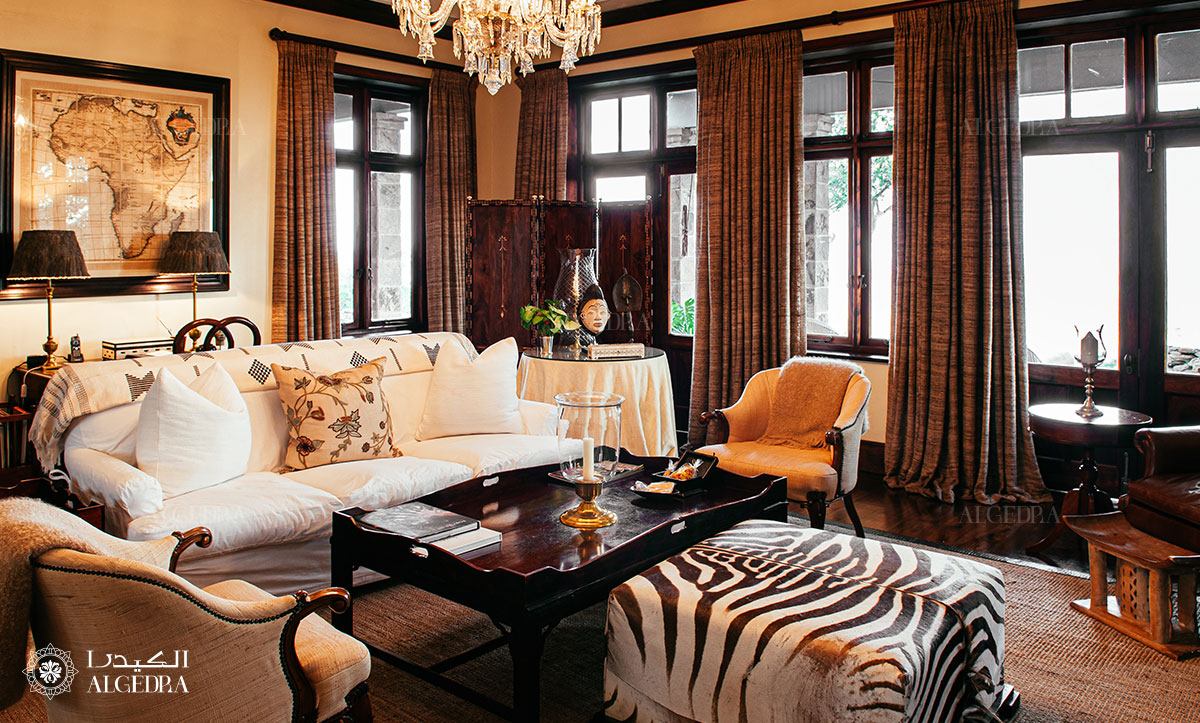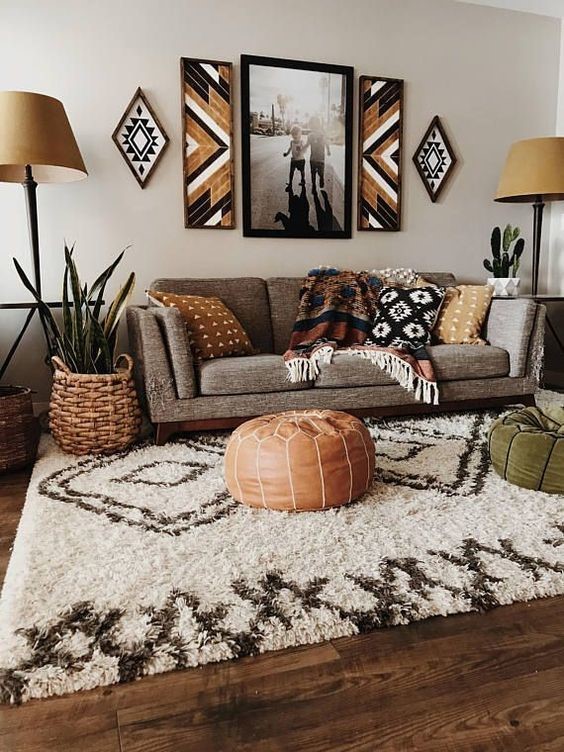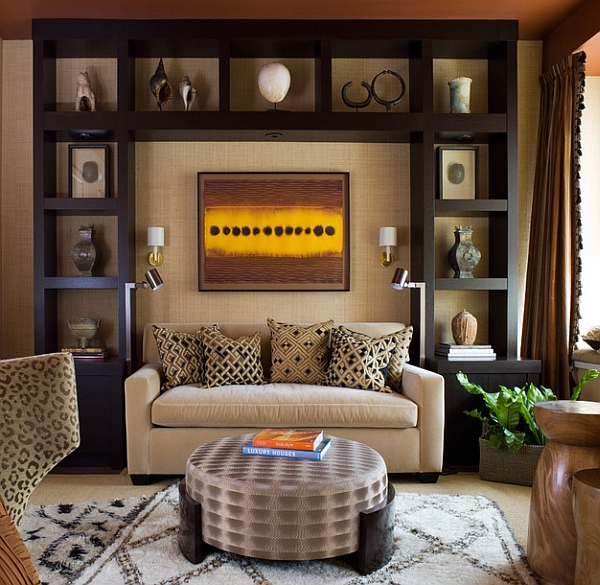Welcome to a journey through the colorful and eclectic world of African interior decorating! Having spent several years exploring various styles and elements from Africa, I’m excited to share insights that will help you incorporate this rich tapestry of culture into your own home. Let’s dive in!
Understanding African Interior Decorating
African interior decorating is about more than just aesthetics; it’s a reflection of traditions, stories, and the natural environment. The use of earthy tones, vibrant colors, and distinctive textures creates spaces that are both inviting and culturally rich.
The Roots of African Design
This style is influenced by diverse cultures, ranging from North Africa to Sub-Saharan regions. Each area has unique patterns, materials, and philosophies that can influence your decorating choices.
Key Elements of African Interior Decorating
Color Palette
The color palette in African interior decorating is vibrant and varied, often drawing from nature’s palette with earthy tones of browns, tans, and greens, accentuated by brighter colors like reds, yellows, and blues. This combination creates a warm and inviting atmosphere.
Textures and Patterns
Textures play a critical role, with woven materials, rustic woods, and metal accents commonly used. Patterns are influenced by traditional textiles, such as kente cloths or mud cloths, which can be incorporated through cushions, throws, or wall hangings.
Natural Materials
Wood, clay, and stone are fundamental to African design. These elements not only add texture but also connect indoor spaces to the natural environment outside.
Incorporating African Elements into Your Home
1. Furniture Selection
Choosing the right furniture is essential. Opt for pieces made from solid woods or artisan-crafted items that showcase African craftsmanship.

2. Textiles and Fabrics
Consider adding fabrics that tell a story. African textiles like batik or ikat can be used in cushions, curtains, and rugs.
3. Art and Decor
Artwork is often a focal point in African homes. Look for artworks that showcase indigenous artists or replica pieces from local craftspeople.

4. Plants and Nature
Incorporate plants to bring life into your decor. Use African native plants or any greenery that contributes to a vibrant atmosphere.
African Interior Decorating Styles
Traditional vs. Contemporary African Design
Understanding the difference between traditional and contemporary styles can help you identify what resonates with you. Traditional designs often showcase indigenous patterns and materials, while contemporary styles may blend these elements with modern sensibilities.

Comparison Table: Traditional vs. Contemporary African Design
| Feature | Traditional African Design | Contemporary African Design |
|---|---|---|
| Patterns | Bold, geometric shapes | Simplified designs, often minimalistic |
| Materials | Natural, hand-crafted | Diverse materials, including synthetic |
| Color Scheme | Earthy and vibrant | Neutral with pops of color |
| Cultural Influence | Strongly tied to heritage | Blends various cultural influences |
Pros and Cons of African Interior Decorating
Pros
- Rich in cultural heritage
- Vibrant and inviting atmosphere
- Unique and personalized designs
- Connects indoor spaces with nature

Cons
- Can be overwhelming if not balanced
- Requires quality craftsmanship for a polished look
- May not fit every modern aesthetic
- Potentially high costs for authentic pieces
DIY African Decor Ideas
Creating Your Own Accessories
Handmade crafts can be an excellent way to personalize your space. Consider creating your own wall art using traditional African motifs or weaving colorful baskets.

Repurposing Old Furniture
Transform old furniture by painting it in vibrant colors or adding woven accents. This not only saves costs but also adds a personal touch to your decor.
Frequently Asked Questions

What are the main features of African interior design?
The main features include vibrant colors, natural materials like wood and clay, and rich textures through textiles and patterns.
How can I incorporate African decor on a budget?
You can incorporate African decor by using DIY crafts, repurposing furniture, and sourcing local art or textiles that reflect African culture without breaking the bank.

What colors are typically used in African interior decorating?
Earthy tones such as browns, greens, and tans are commonly used, complemented by brighter colors like reds, yellows, and blues.
Is African interior decorating suitable for modern homes?
Yes, African decor can beautifully complement modern homes. The key is to balance traditional elements with modern design principles for a harmonious look.